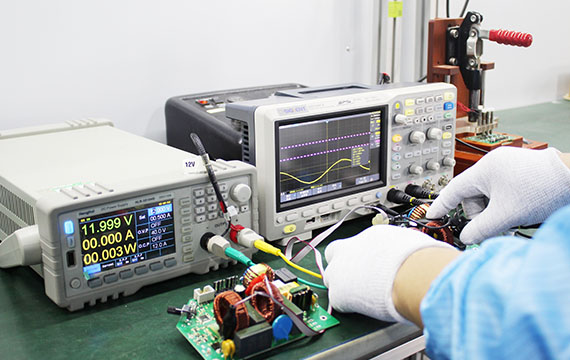PCBA Electrical Performance Testing is the process of evaluating and verifying the overall electrical performance of a circuit board after assembly. It aims to ensure that the PCBA can work properly in actual use and meet the design and specification requirements.

1、Preparation of test equipment: First of all, it is necessary to prepare test equipment applicable to PCBA, such as multimeters, oscilloscopes, signal generators and so on. These devices will be used to measure and verify the electrical parameters and performance on the PCBA.
2、Connect the test equipment: Connect the test equipment to the test interface on the PCBA. This can be done by connecting wires or test fixtures, etc. Make sure the connection is correct and stable.
3、Measure Electrical Parameters: Use the test equipment to measure various electrical parameters on the PCBA, such as voltage, current, frequency, resistance, etc. This can be done either by direct measurement or by applying a specific test fixture. This can be done by direct measurement or by applying specific test signals.
4、Verify Functionality: Verify that the various functional modules of the PCBA are working properly by applying appropriate test signals and analogue inputs. This can include input and output ports, communication interfaces, sensors, actuators, etc.
5、Perform Load Testing: Under normal operating conditions, apply appropriate loads to the PCBA to verify its performance and stability under load. This can include testing the stability of the power supply, the impact of temperature changes on circuit performance, etc.
6、Recording and Reporting: Record test results and generate appropriate test reports. This helps quality control and traceability, as well as subsequent product maintenance and improvement.
PCBA electrical performance testing is an important part of ensuring the quality and reliability of PCBA, which can identify potential failures and problems, and take timely measures to repair and improve.


